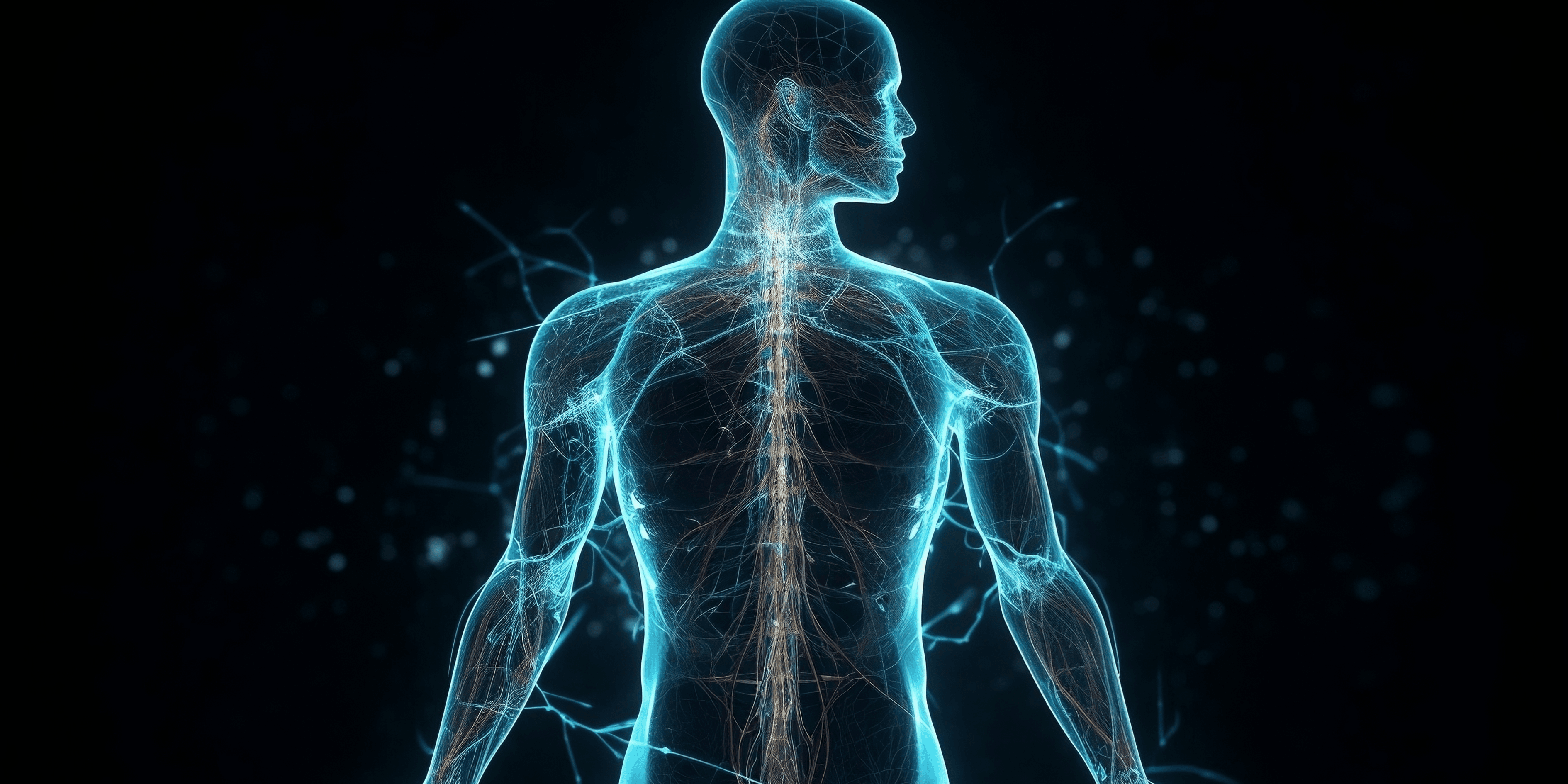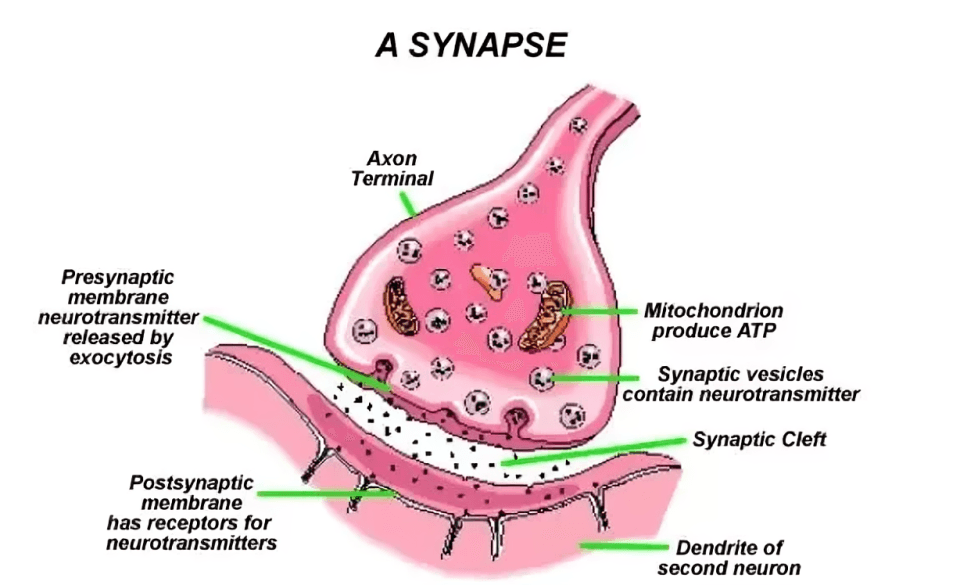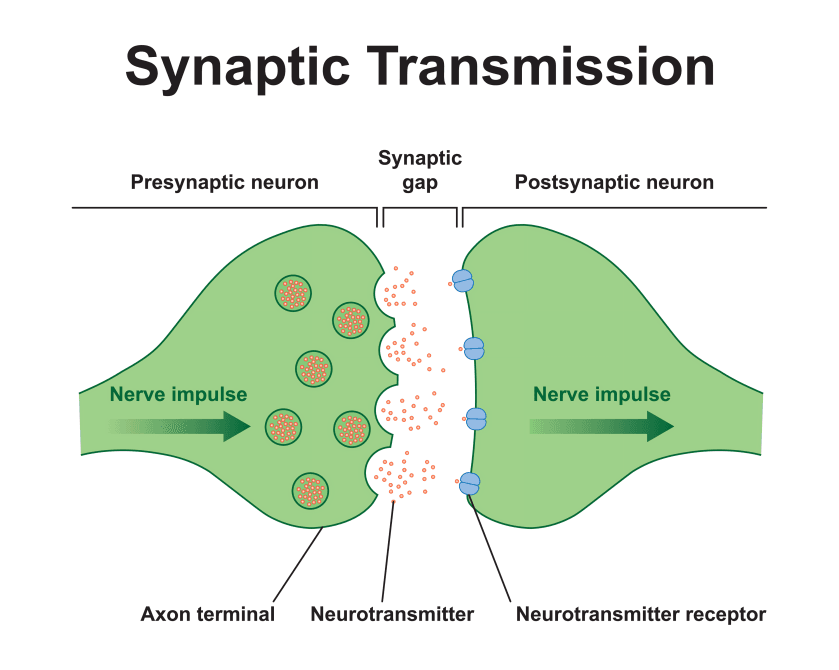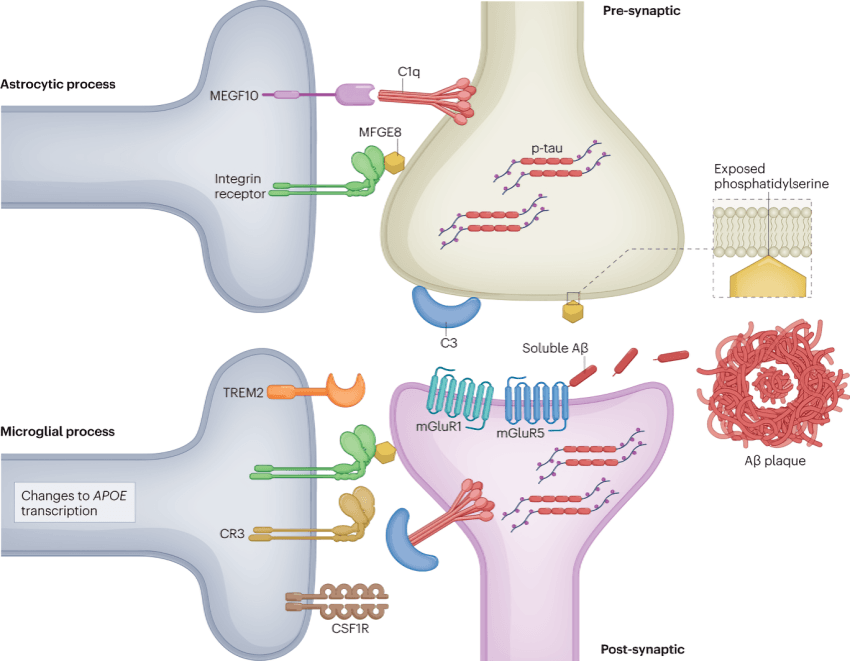
“
The intricate process of how neurons transmit signals (synapses) forms the foundation of all brain activities, from simple reflexes to deep thinking. Neurons are the communicators of the nervous system, passing messages through both electrical impulses and chemical neurotransmitters. At the heart of this communication is the synapse—a microscopic gap where one neuron's message gets transferred to another. 1
1
”
Ancient Greek physician Galen suggested the brain controlled behavior via “animal spirits,” centuries before the modern understanding of how neurons transmit signals (synapses) through electrical impulses was discovered. 1
Neurons transmit signals electrically within themselves through action potentials, but at synapses, the communication shifts to a chemical process using neurotransmitters to cross the synaptic gap. 2

The synaptic cleft, a gap just 20 to 40 nanometers wide, is the tiny space where neurotransmitters travel from one neuron’s axon terminal to the next neuron's dendrite.
Action potentials travel down the axon like a wave, reaching the synaptic terminal, where they trigger the release of neurotransmitter-filled vesicles into the synaptic cleft.3
Calcium ions flood into the neuron terminal when an action potential arrives, prompting synaptic vesicles to merge with the membrane and release neurotransmitters into the synapse.4
Synaptic transmission is directional—signals always move from the presynaptic neuron to the postsynaptic neuron, ensuring controlled and organized brain communication.5
Dopamine, serotonin, and acetylcholine are key neurotransmitters that help neurons transmit different types of signals, affecting mood, attention, memory, and motor control. 6
Excitatory neurotransmitters like glutamate increase the likelihood of the next neuron firing, while inhibitory ones like GABA decrease that likelihood, balancing neural activity.7
Neurotransmitters bind to specialized receptors on the postsynaptic membrane, either opening ion channels directly or triggering signaling pathways inside the cell. 8

After the signal is transmitted, neurotransmitters are either broken down by enzymes, reabsorbed into the presynaptic neuron, or diffused away to prevent continuous stimulation.
Myelin sheaths on axons speed up signal transmission, allowing rapid conduction to the synapse, which is critical for quick reflexes and real-time brain-body communication.9
Electrical synapses, unlike chemical ones, allow ions to flow directly between neurons through gap junctions, enabling ultra-fast synchronized firing in certain brain regions. 10
Synaptic plasticity refers to the ability of synapses to strengthen or weaken over time, a crucial process for learning, memory, and recovery from brain injuries. 11
Long-term potentiation (LTP), a sustained increase in synaptic strength, is believed to be the biological basis of learning and memory formation in the hippocampus. 12
Synapses aren’t fixed structures; they constantly change in shape, number, and efficiency in response to new experiences, forming the brain’s dynamic adaptability. 13
Some neurons form up to 10,000 synapses, creating a massive, interconnected network that allows complex thoughts, behaviors, and emotions to emerge seamlessly. 14

Disorders like Alzheimer’s disease, depression, and Parkinson’s involve malfunctioning synaptic transmission, showing how vital proper synapse function is to mental health.
Certain drugs and medications target synaptic transmission by mimicking neurotransmitters, blocking their reuptake, or altering receptor sensitivity, affecting how neurons communicate.15
Sleep plays a key role in synaptic homeostasis, helping the brain "reset" synaptic strength and maintain balance after daily learning and sensory input. 16
René Descartes proposed the pineal gland as the seat of the soul and brain control—a stepping stone in the journey toward today’s understanding of synaptic signaling. 17


